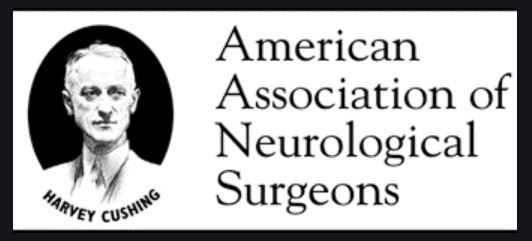SPINE
Posterior cervical decompression
Cervical total disc arthroplasty (TDA)
This procedure replaces a degenerative or damaged spinal disc with an implant designed to preserve motion in your neck. This procedure can relieve the pain of compressed nerves in the cervical spine.
Anterior cervical discectomy and fusion (ACDF)
This surgery replaces a damaged vertebral disc in your neck with a cage containing bone graft. It's done to relieve painful pressure on spinal nerves.
Lumbar microdiscectomy
This minimally-invasive procedure relieves pressure on nerve roots caused by a herniated disc. It can eliminate the pain of sciatica.
Lumbar decompression
Lumbar decompression with interspinous spacer
lumbar stenosis article
Transforaminal lumbar interbody fusion (TLIF)
TLIF is generally used to treat back or leg pain caused by degenerative disc disease. The surgeon will stabilize the spine by fusing vertebrae together with bone graft material.






